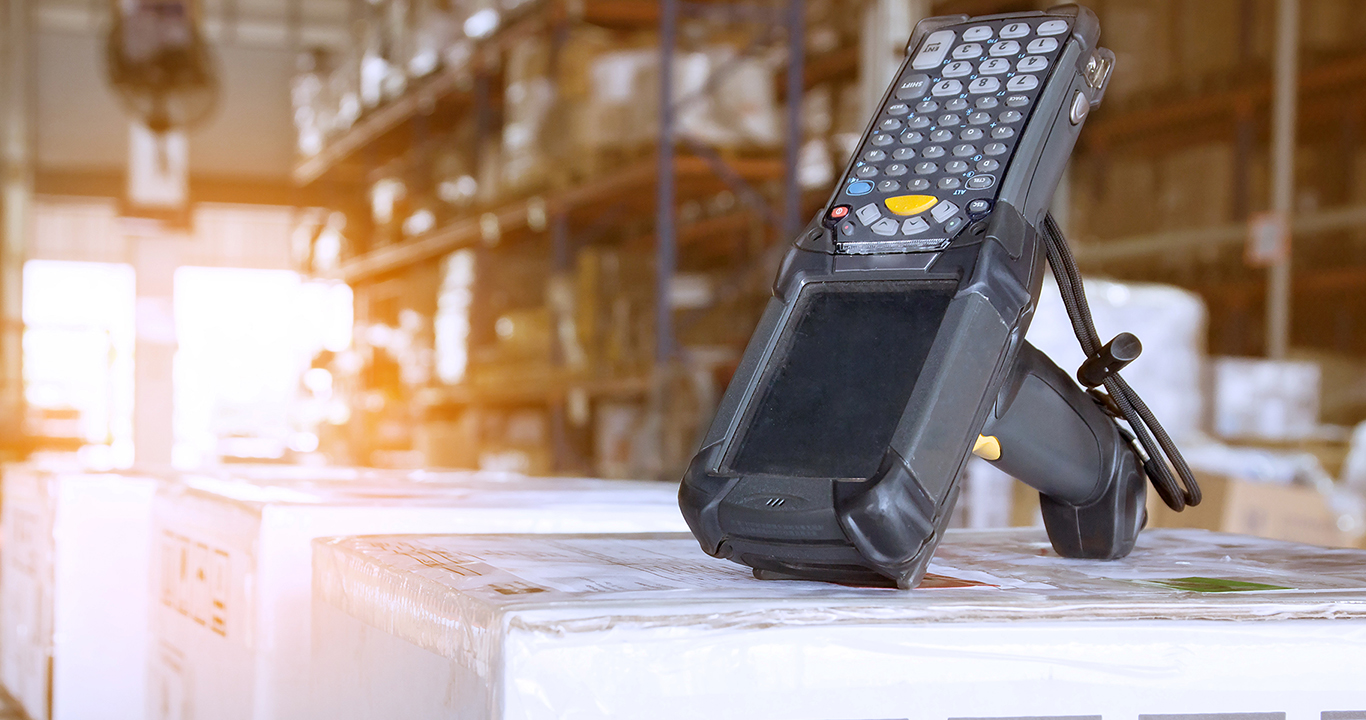With time, technology has advanced and with it has brought in many new equipment made out of large numbers of components, each undergoing complex manufacturing processes. Managing processes to improve efficiency and ensure highly consistent output has become extremely important.
The need for traceability
Traceability ensures availability of information at all times during the manufacturing process. With the manufacturing process involving multiple complex stages, with each stage interlinked with others, any defect or failure at any stage has a cascading effect on the subsequent stages eventually leading to a failed product.
With traceability, the defects or shortcomings in any stage are nipped in the bud, leading to corrective actions being taken before the succeeding stage thus ensuring fool-proof delivery. Traceability also helps in innovation, as better models are created working on the information available from manufacturing earlier models.
Another major need for traceability is in the event of product recalls. With increased consumer awareness, the need is for better quality products and quick recall and recovery in case of defects. With various components and complex processes involved in the manufacturing, it becomes essential to accurately determine the root cause or component that is causing the fault to isolate the healthy components from the defective one and act on the defective component. This not only ensures quick recovery by working with the component manufacturer, but also reduces the impact on bottom-line. Consumer awareness has also led to demand for more information about the product to be shared on the product label for greater transparency.
Laws in many countries have also mandated the information to be made available before release of the commodity in the market.
Competition has led to brands implementing traceability to ensure transparency and first-to-launch better models. It has become mandatory to implement traceability to be able to survive in the current competitive environment. Existing manufacturing lines which earlier used to be performed without it need to be modified to implement traceability. This needs planning to ensure implementation in a feasible way.
How to implement
Traceability needs some essential practices to be followed. Each component needs to be tagged with information and careful thought needs to go into the kind of information to be tagged. It differs from product to product and company to company – the ultimate goal being to tag information that is useful to the manufacturing process as a whole.
Once a decision has been taken on the type of information to be tagged, thought needs to go into the marking technology to be used to be able to read the tagged information with ease. On what surface is the tagging to be done – this decides the marking technology. Also, what technology will be used to read the tagged information – what type of laser etc. The information can be made available using apt technology such as RFID, Barcode or NFC.
It is also important to ensure accuracy of the tagged data by ensuring no duplication of index information. The information needs to be fed into a database for use at any time. The tagged information also needs to be scanned regularly and at different stages to be effective.
Robustness in the system needs to be built by integrating the marking with enterprise software and ensure to-and-fro information exchange. This can be driven manually using a PC or automatically using a PLC (Programmable Logic Controller).
If an entire manufacturing process is to be changed to implement traceability, the process can be quite cost and time intensive. Therefore, based on budgets and timelines, it may also make sense to start from one manufacturing line, analyse the implementation of traceability and take corrective measures if needed, before introducing the traceability to other lines in a phased manner.
At MELSS, we have implemented many tracking and traceability solutions for diverse industry segments. Click here for more information.





